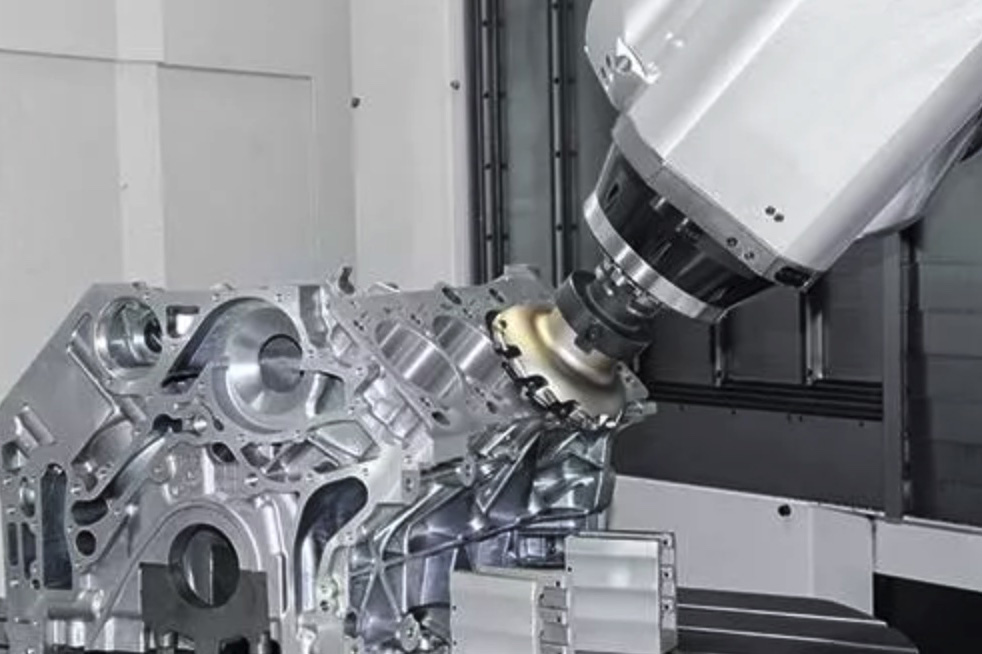PROFILES
Contact
Phone:+86-13600439689
Fax:+86-755-84616990
Web:www.hzd2007.com
E-mail:hzd@hzd2007.com
Six characteristics of parts heat treatment
In my country's machine tool industry, the size of machine tools is different, and the quantity of production is different. For medium and small machine tools, mass production is generally used: large and heavy machine tools are produced in single or small batches. The workpiece conditions of general machine tools, such as loading, impact and lubrication conditions, are obviously better than those of automobiles, tractors and heavy machinery.

(1) The steel used is simple and generally adopts non-alloy (carbon) structural steel and alloy structural steel. A few parts, such as inlaid steel guide rails and hardened screw screws, are made of low-alloy tool steel and bearing steel.
(2) There are many parts of local hardening and surface hardening. There are many machine tool parts that only require high wear resistance on the local surface. Except for a few parts that are locally hardened by salt bath furnaces, most parts use local surface hardening (such as Induction heating, laser heating, ultrasonic heating, etc.) hardening.
(3) The non-oxidative heating of most of the parts using the periodic operation furnace adopts the salt bath furnace. Vacuum furnace or drip kerosene in gas carburizing furnace to generate a protective atmosphere.
(4) Precision parts require high dimensional stability. Usually, one or more stabilization treatments are arranged in the process, such as stress relief annealing, low temperature aging treatment and cold treatment, etc., to minimize residual internal stress to ensure high dimensional stability. sex.
(5) Most steel parts must undergo pre-heat treatment such as steel castings, forgings and rolled materials, etc., and must undergo pre-heat treatment such as annealing, normalizing or quenching and tempering treatment to improve their strength, eliminate structural defects and improve processing performance : At the same time, it also prepares for the final heat treatment to reduce heat treatment deformation.
(6) Low-temperature chemical heat treatment is widely used. Most of the design of machine tool parts is based on rigidity considerations, and the requirements for heat treatment are reduced, and the wear resistance is high and the dimensional stability is good. Therefore, low-temperature chemical heat treatment processes such as nitriding and nitrocarburizing have been widely used.





